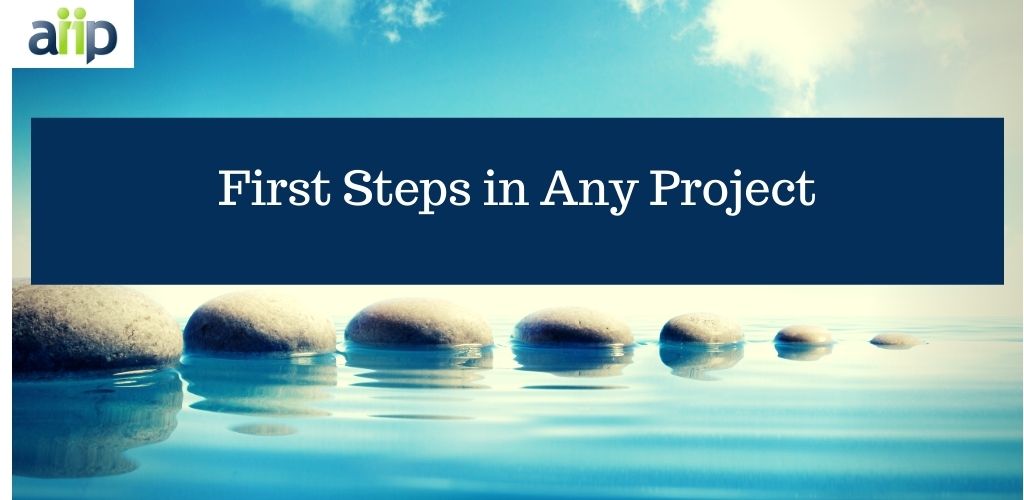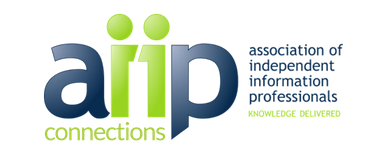Asking the Right Questions to Get to the Right Question

Key to delivering a quality project for a client is making sure that I am answering the right question. That isn’t always as straightforward as it seems. Experience has taught me that the initial question the client asks is often not the one they really need answering.
Over time I have developed a checklist that I use to help me get to the right question(s) and deliver the right results.
The first step is to understand precisely the purpose, audience, and intended use of the project results. That involves making sure I can answer the following questions before I begin the project:
- What problem(s) are they trying to solve?
- Who are all the stakeholders involved?
- Do I have enough information about each stakeholder?
- Are there different perspectives that need to be taken into account?
- What, precisely, will they do with the information/results? I generally find the answer to this question reveals the most information.
- What do they see as an ideal outcome when they get the results of my work?
- What will they be able to do differently once they have these results?
- Who is the intended audience?
- Is it one audience or many audiences?
- Does each audience have the same needs in terms of results? (If yes, then I need to ask the same questions as above to each audience.)
- Is there a context/background I need to understand?
I build up my answers to these questions through the first client contact – either by email or by phone, then by reading the formal proposals. Then I need to either follow up by email and/or telephone or with a face-to-face meeting (in a non-Covid world) to really get all the answers to the questions.
And finally, when I am confident that I have the right question(s), I also have some practical questions to make sure the project goes well:
- Has any of this work been done before? Or any preparatory work done? Is there anything I can use to build on? (If something has been done before, why is the question being asked again? What was unsatisfactory about the previous results?)
- What is the final due date? Can this be broken into sections for larger projects?
- What format do the results need to be in, e.g., a report, a PowerPoint, an excel sheet or a combination? If it is a PowerPoint is there a company template I can use?
- Regions and geographies to be covered?
- Languages to be covered?
And critically:
- What is the best communication style to adopt with the client? No two are the same.
- How often should we communicate? With new clients, communication is always a learning curve, but adapting as much as is practical to the customer’s style always gives the best results.
I would love to hear what other people think. Anything you think I am missing from my checklist? Other approaches?
Denise Carter is Managing Director and Principal Consultant of DCision Consult, which provides reliable, quality research supporting the competitive intelligence and business analysis activities of pharmaceutical and biotechnology companies.





